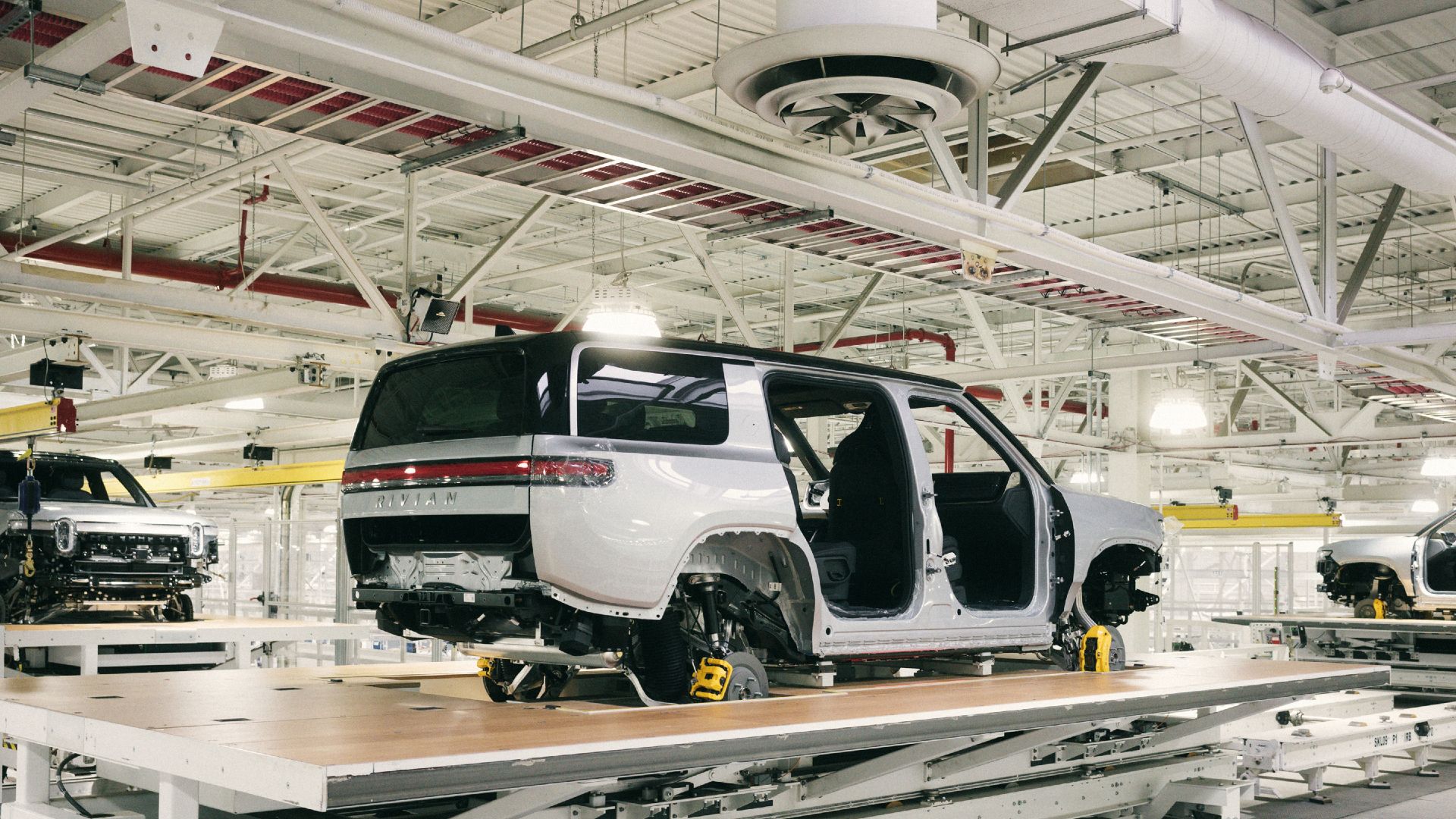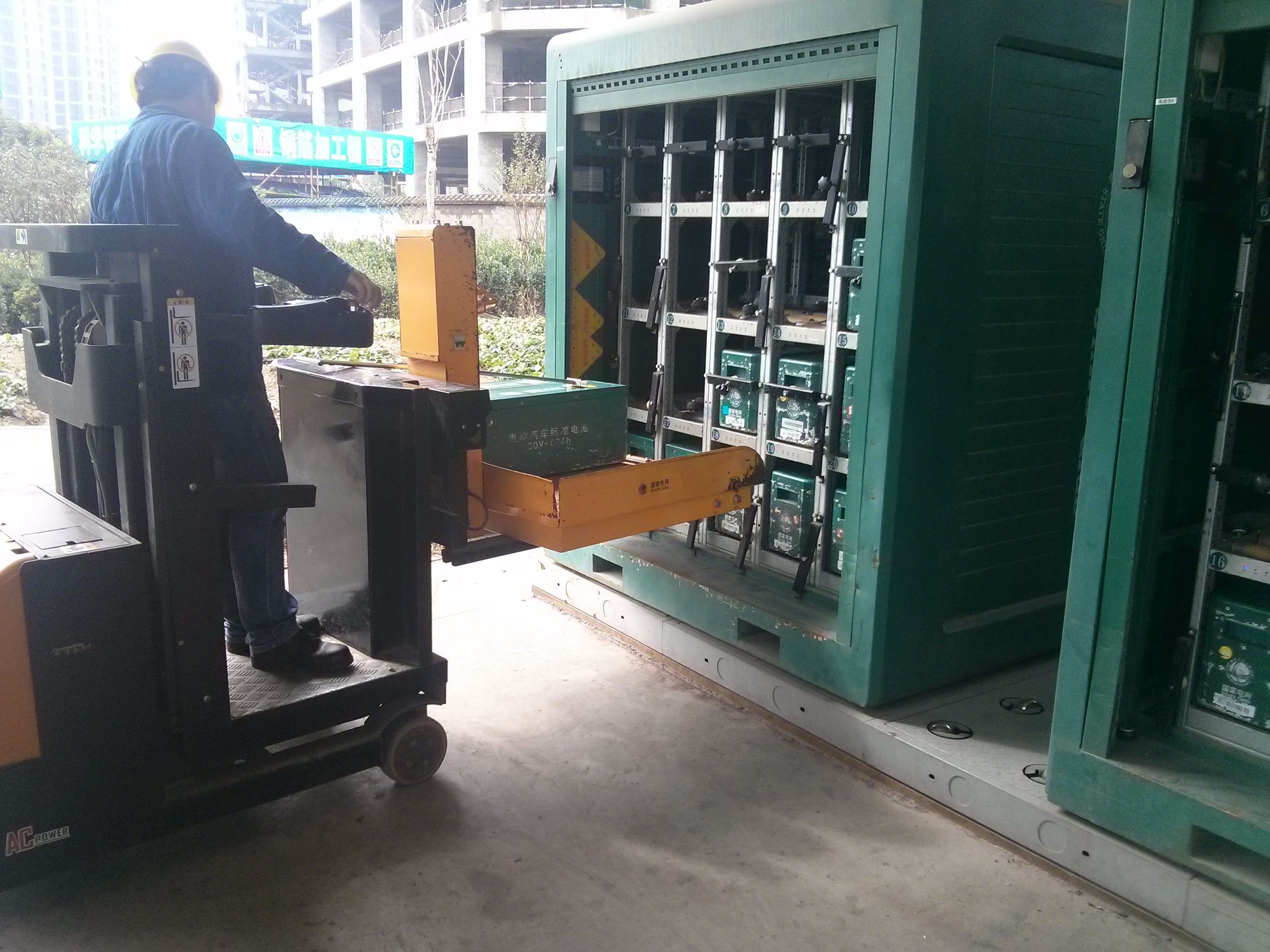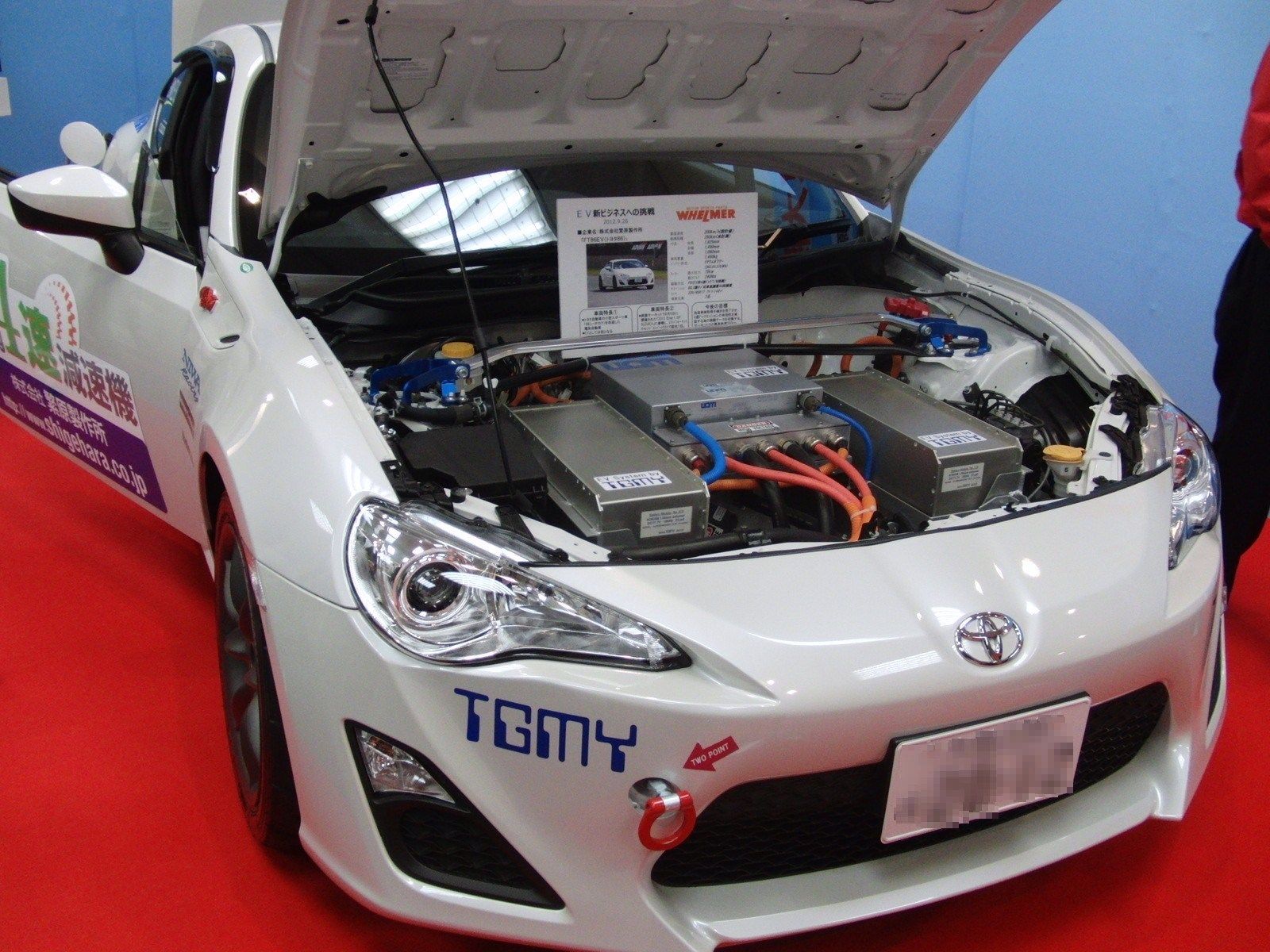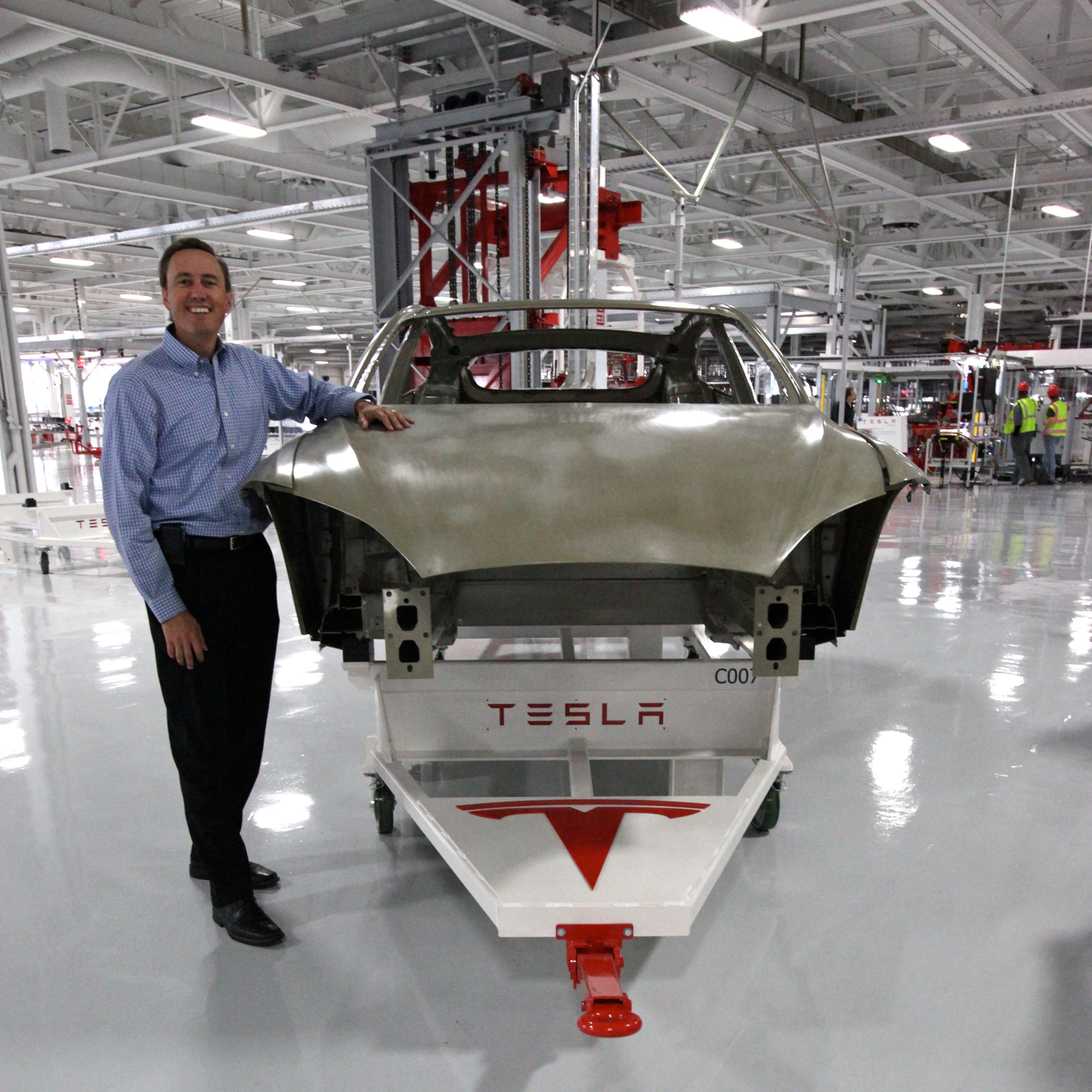As the future turns electric, consumers are wondering where their car batteries come from, and what happens to them when they are replaced. It's smart to worry about the environmental impact these things have on our planet. We will take a closer look at the EV battery process from start to finish. From recycling the old to building the new, your questions are sure to be answered here!
EV Batteries Are A Serious Business
One would think that once an electric vehicle begins to age, they throw the whole thing into a car crusher at the local landfill. That might be how things were done in the very old days, but not anymore. Battery recycling has grown rapidly over the past couple of decades and is now standard practice when handling this potentially toxic waste. While there is a lot of work happening to push forward the manufacturing of EVs in order to replace fossil fuel cars forever, a lot of people are also working to make sure that EV batteries are being reused, repurposed, and recycled properly. This process has largely been left up to the EV companies themselves, especially in California where EV sales are expected to completely replace gas-powered cars by 2035. The more EV cars we get, the faster the rate of vehicle retirement will become - this means we need to be ready to handle all of those incoming batteries. But, how does this process work exactly?
EV Batteries Are Repurposed In Several Ways
The assumption for most batteries is often that they become worthless once they start to lose their charge. And, yes, if you simply dump them into a trash can on its way to the landfill, it's not going to be good for the environment. But, if given to the proper collector (most likely the car company itself when trading it in for a new one) then you will be doing the planet, and the economy, a favor. The batteries are often reused in other ways, such as being put into packs (multiple batteries combined) on your local power grid (or private off-grid) to store energy via solar power during the day while dishing it out at night. Think about that next time you are sucking up power in your man cave late at night!
Old EV Batteries Become New Batteries
Even after being repurposed, batteries will continue to lose their charge over time and eventually die. Here comes the part with a heavy dose of science. Thanks to advancements in the industry, hydrometallurgy is what's primarily used to break apart, separate, and recycle the various components that make up car batteries. This process is not cutting edge- it's actually been around for well over a decade now - and it continues to evolve and get better each year. Essentially the event goes like this: The batteries are dumped into giant shredders that cut them into small pieces. This shredded mix is then dumped into water where the plastic (floats) is separated from the metal (sinks). The plastic is recycled, and the metal is separated and reused to make - you guessed it - new batteries! Many of these recycling companies are based right here in the US. And, while they might alter the process slightly here and there - the core essentials remain the same. The best part is that these companies report EV battery material recovery rate as high as 98-percent.
EV Batteries Are Built Using Raw And Recycled Materials
Now that we have all of these fine recycled materials we come back full circle to the beginning. This might have you asking "how are car batteries made exactly?" The building process, just like the recycling process, has come a very long way over the decades. The old lead & acid batteries are being phased out fast, and lithium-ion batteries are taking their place. The new batteries are made using either carbon or graphite, a metal oxide, and lithium salt - when combined these ingredients make up the positive and negative electrodes. When they are combined with electrolytes they produce the electric current that your car requires. The batteries are constructed in large manufacturing plants that build the new batteries we have in our cars when they pull from the lot. Once they grow old they are then recycled. The future is looking bright thanks to this whole process - from manufacturing new to shredding the old. New research shows that by the year 2050, recycled materials could account for supplying 45–52-percent of cobalt, 22–27-percent of lithium, and 40–46-percent of nickel used in the United States vehicle markets.
Myths About EV Battery Recycling
Many people might hear the positive sides of recycling car batteries (and all batteries in general) and think that it doesn't come with a downside - but like most things in our world, it's not a perfect process yet. Waste is inevitably produced by the battery recycling process, and it creates toxic waste areas to deal with it. The good news, however, is that these battery recycling companies have a strong incentive to reduce waste because they can sell the materials that they save - the more they can save/recycle, the more money they can make. The factories that they build get better with each new design, to the point where they can save larger and larger amounts of material from the batteries they shred, smelt, and resell back to the hungry battery industry. This helps reduce the number of toxic environments created by mining and older-style recycling centers when going after fresh or poorly recycled products. However, it is important to note here that even in settings where there is refined waste produced by "dirty recycling" it is still better for the environment and a good investment when compared to the older ways of not recycling and relying on oil for new products. Introducing chemists and engineers into the projects makes the numbers increase with cleaner recycling faster and faster, almost to a 100-percent success rate in some cases.
Another myth revolving around the EV industry is that nothing is trying to stop them - this is far from the truth. The oil industry has been working to try and shut down electric car competition for decades now, and today is no different. However, the oil companies have found it much tougher this time around to apply pressure due to the fact that the companies they are trying to push around have just as much money as the oil companies do, as do all of their friends. Gasoline was the glue that held the two company types together, our fathers knew them well. Unfortunately, that glue has worn away and is not aging well - it's being replaced. This is not to say oil doesn't still have its modern uses - but when it comes to cars and much of the power grid, the future is electric. The more emissions we can get rid of, the better. The oil industry is a lot like the cigarette industry - it simply can't throw enough money at the problem of killing millions of people to get away with it. Cigarette smoke and pollution emissions are alike in many ways - they're both lethal to mankind. Moving to electric transportation and grid systems would reduce emissions so much that we could help ensure a brighter future for our kids who will inherit the planet.
FAQ
Q: How Are EV Batteries Handled When They Get Old?
As long as they are disposed of properly, most car batteries are either re-purposed or recycled.
Q: How Are EV Batteries Reused And Repurposed?
Car batteries are usually grouped together in large clusters to create huge power storage units that can be used in a variety of ways, such as storing power for your city's power grid.
Q: How Are EV Batteries Recycled After They Die?
Once the battery is finally depleted beyond use, it gets shredded. The components are then separated using hydrometallurgy and recycled to make new batteries.
Q: How Are EV Batteries Made?
EV car batteries are constructed in large production plants that export batteries across the globe. They are made with carbon or graphite, a metal oxide, and lithium salt. Battery companies use a combination of raw and recycled materials to build new batteries.







